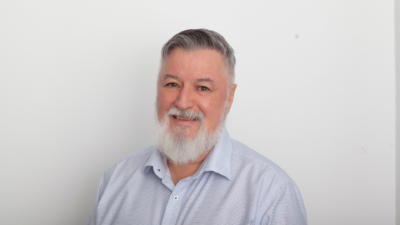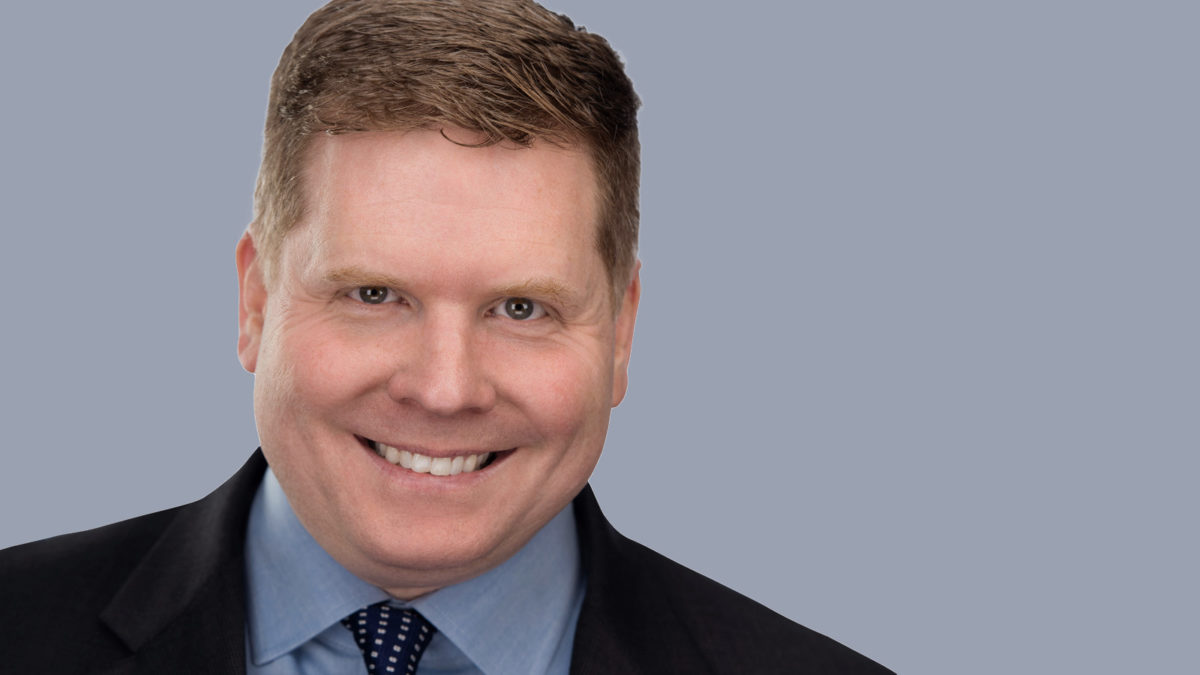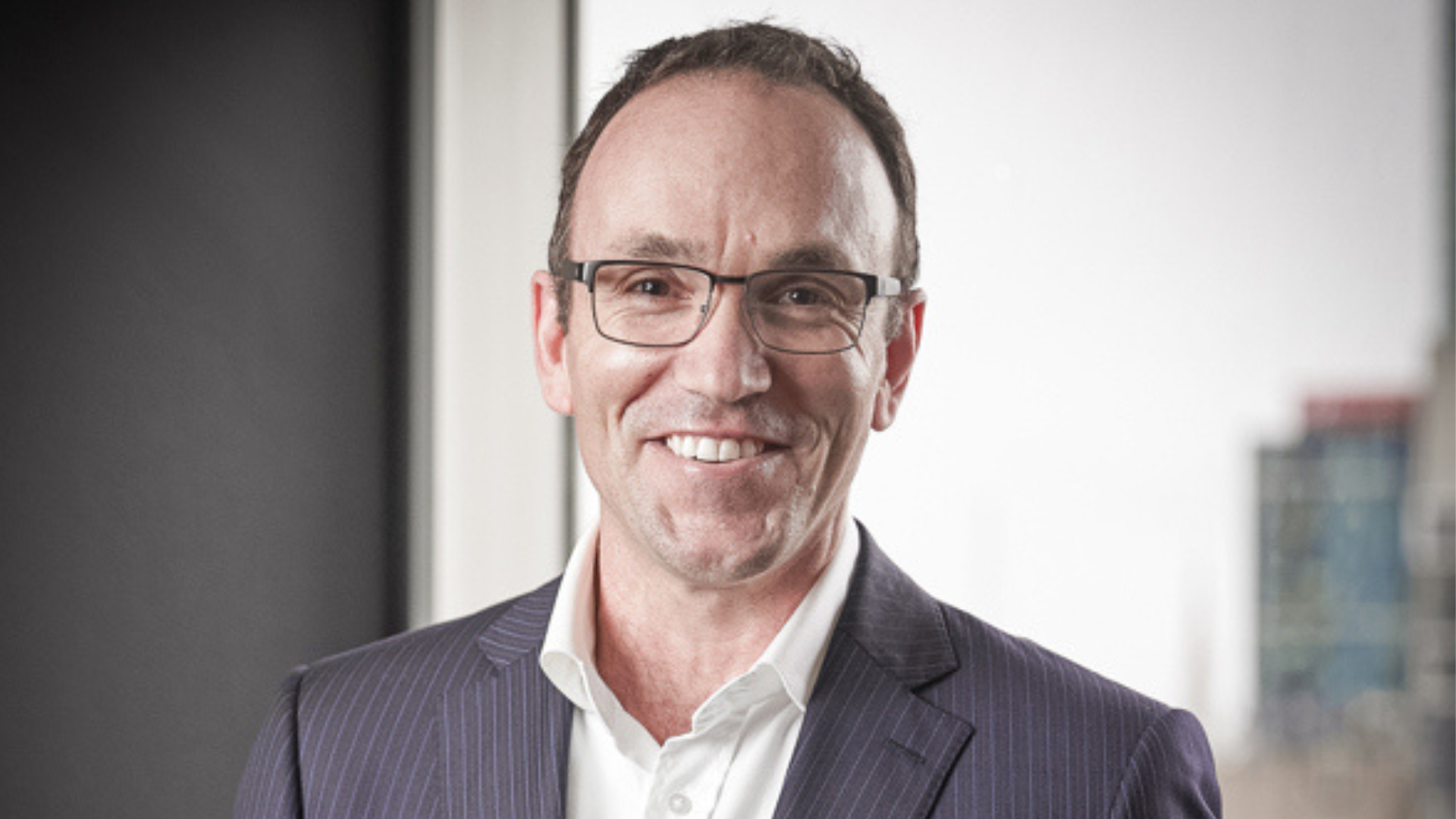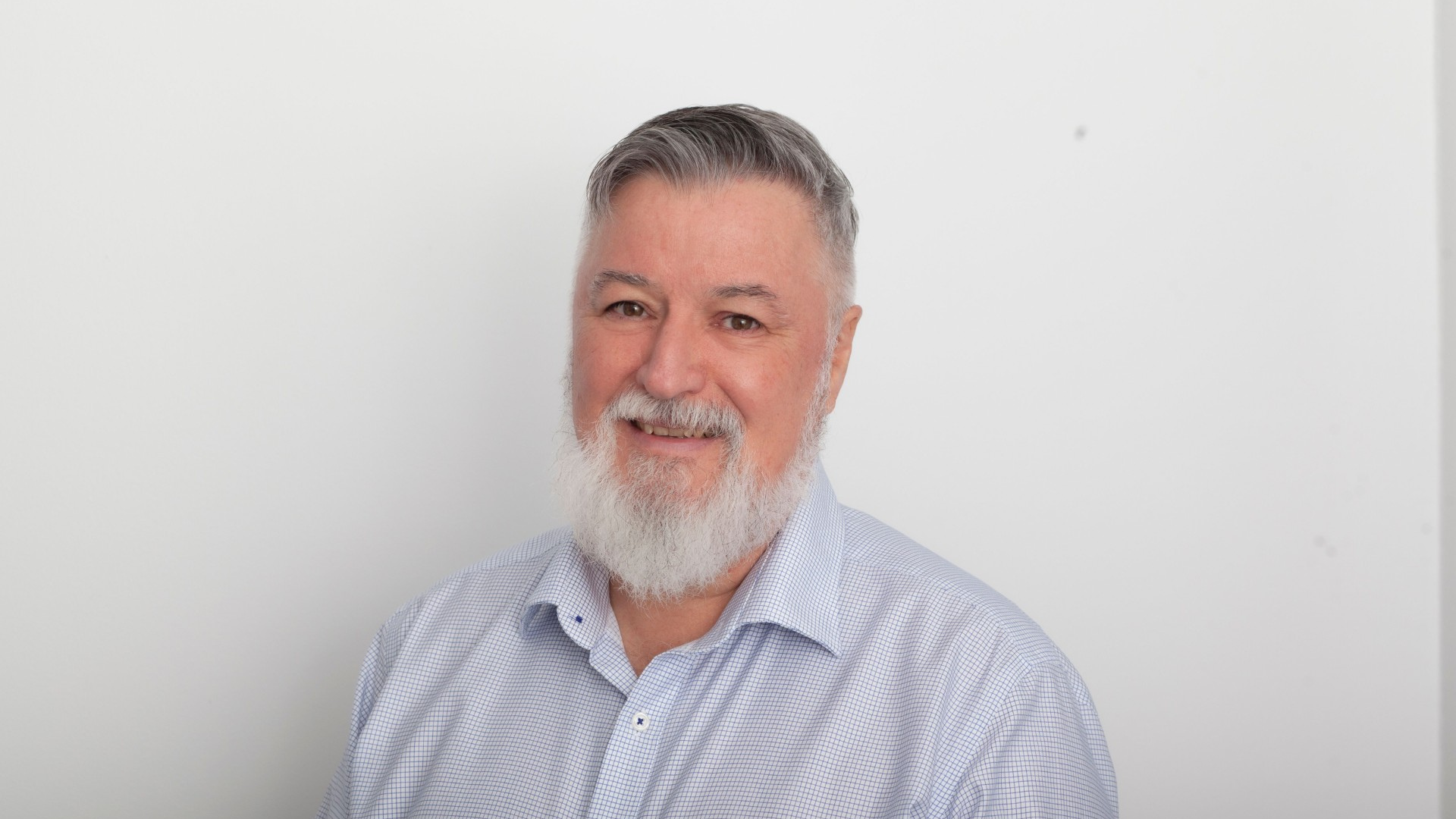It’s all about psychology in small caps
Any time you get great valuations, “it’s always messy”. But the indiscriminate sell-off in growth small caps presents the best buying opportunity since 2008.
“Historically, people think of small cap growth as the wrong place to be in a rising interest rate environment – and it is, when people first start to think about a rising interest rate environment,”
says Jim Oberweis, CEO of the not-quite eponymous Oberweis Asset Management (OAM).
“After everybody on the planet knows you’ve got a rising interest rate environment, and valuations have already compressed substantially, it turns out to be a really good place to invest, because eventually you work your way through that period and you get P/E expansion as you come out of it.”
OAM was founded in 1989 by Oberweis’ father, also Jim, a former Illinois State Senator and owner of the Oberweis Dairy, itself founded in 1927 by Peter J. Oberweis. The younger Jim took the reins of OAM in 2001 and has presided over a period of substantial outperformance that has put the firm at the very top of Nasdaq’s eVestment small cap performance charts for 15 years.
Recent volatility has seen OAM give back a hefty chunk of that outperformance but Oberweis himself is optimistic, if somewhat puzzled by the breadth of the sell-off. As for many other managers, the fall presents a bargain hunting opportunity.
“It’s not as good as it was ten days ago, but ten days ago it was probably the single best time I’ve ever seen in my career – except 2008 – to be buying small caps,” Oberweis says, adding that he attributes most of the fall to fear. “Any time we get great valuations, it’s always messy, it’s always muddy. 2008 was the same deal.”
“A lot of the time it works out to be not quite as bad as people think… It could be as bad as people think, but a lot of that is already reflected,” Oberweis says. “If you’re an odds person, I think it’s pretty reasonable to look across the portfolio and ask, what is the real impact?”
OAM looks to exploit market inefficiencies in the small cap space, and the firm is based entirely on behavioural finance. They’re not new concepts; they’ve been around for 75 years, and many of them were codified by academics at the University of Chicago, where Oberweis and many of the firm’s staff were educated. Investors make irrational decisions in the short-term because they’re anchored to preconceived ideas and beliefs.
“We just apply that behavioural psychology to one little niche in the stock market,” Oberweis says.
The most obvious inefficiency in small caps is the lack of research coverage, but also post-earnings announcement drift; that is, the tendency of stock prices to move in the direction of an earnings surprise for some time afterwards, which Eugene Fama singled out as a “persistent market anomaly” and one of the few challenges to his theory of efficient markets that stood up to robust analysis. Then there’s the tendency of investors to stick with their preconceived notions, and the predispositions of analysts themselves.
“There’s misaligned interests that cause anchoring,” Oberweis said. “If you’re a sell-side analyst with a great company that’s beating your expectations, what you really want is for them to continue to beat your expectations quarter after quarter. You don’t get paid the same amount for having lots of stock picks that beat your expectations versus lots of stock picks where they fall short.”
“So what do people do? When it’s good, they kind of ratchet it up slowly. And a lot of the time there’s serial correlation of beats. So we’re just trying to take advantage of the tendency of people to be slow to readjust their expectations.”











